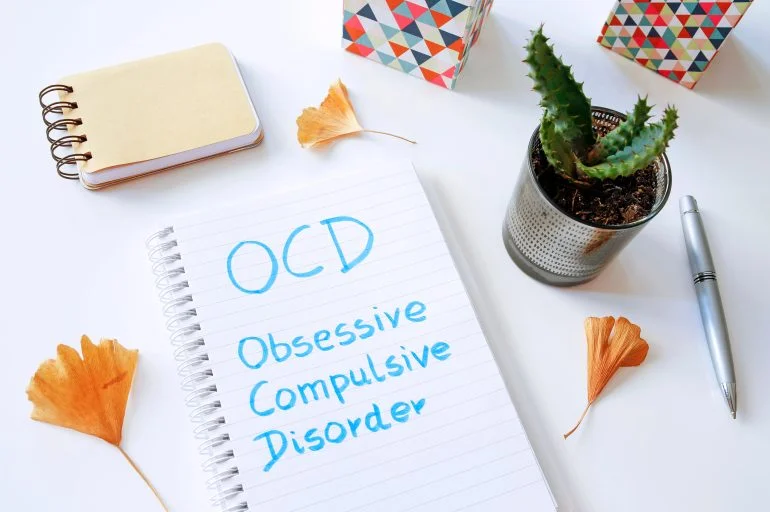Ironically, one of the most effective ways to help with OCD worry thoughts is to use a skill when you are not worrying and OCD therapy. Drs. Edna Foa and Reid Wilson provide some insight and practices in their book Stop Obsessing. The skills below are from this book.
It is common for Good Therapy SF clients to have some skepticism, or a flat out lack of desire, to take this approach. It’s not unusual to hear OCD Therapy“Why would I want to think about OCD thoughts when I finally stopped thinking about them?” However, once clients start to feel some initial relief, they start to appreciate this approach and follow OCD therapy.

Set aside two worry times per day. The worry times should last for 10 – 15 minutes.
Spend this entire time worrying.
Do not think of positive alternatives.
Do not try to convince yourself that your worries are irrational.
If necessary, repeat the same worries over and over again until the worry time is over.
If necessary, repeat the same worries over and over again until the worry time is over.
First, it is surprising difficult to fill a 10 – 15 minute period with only worries. When we obsess, the struggle to not worry creates the problem. Obsessions seem to last all day only when we try to resist them. When we choose to only worry, and stop fighting the thoughts, it is very difficult to fill 10 or 15 minutes. Most people tend to run out of things to worry about, and become bored or tired of their OCD thoughts.
Second, by having a designated time to worry, it becomes easier to postpone or dismiss obsessive thoughts the rest of the day. After a few attempts, it will be easier to stop OCD thoughts and save them for your designated worry time. This will also increase your awareness of how often OCD thoughts happen, allowing you to address them in a more effective way.
Write down the words, phrases, or sentences of your obsessive thoughts exactly as they come into your mind.
Make a recording on your phone (ex – using voice memo) of these obsessions. Keep the recording between ten seconds and three minutes.
Listen to the recording (repeatedly over and over) for 45 minutes. Attempt to be as distressed as possible during this 45 minute period.
Continue with this practice each day until the words or phrases no longer feel distressing.
Any time we are faced with a distressing stimulus (phrase, image, word) over and over again, our stress will naturally decrease. This is called habituation. The looped recording exercise is a well tested, and effective habituation skill. At first, it will be triggering, but sticking with the practice is one way to overcome the distress of an obsessive thought or image.
If after a week you do not notice an improvement, it is likely your focus is on other things when listening to the recording. For this exercise to work, it is important to be completely focused on the recording, becoming distressed in the process. Keeping your attention on the recording, and watching your distress eventually go down, provides a new experience in how you can overcome OCD.
For more help with OCD and other anxiety disorders, feel free to reach out to Good Therapy SF.